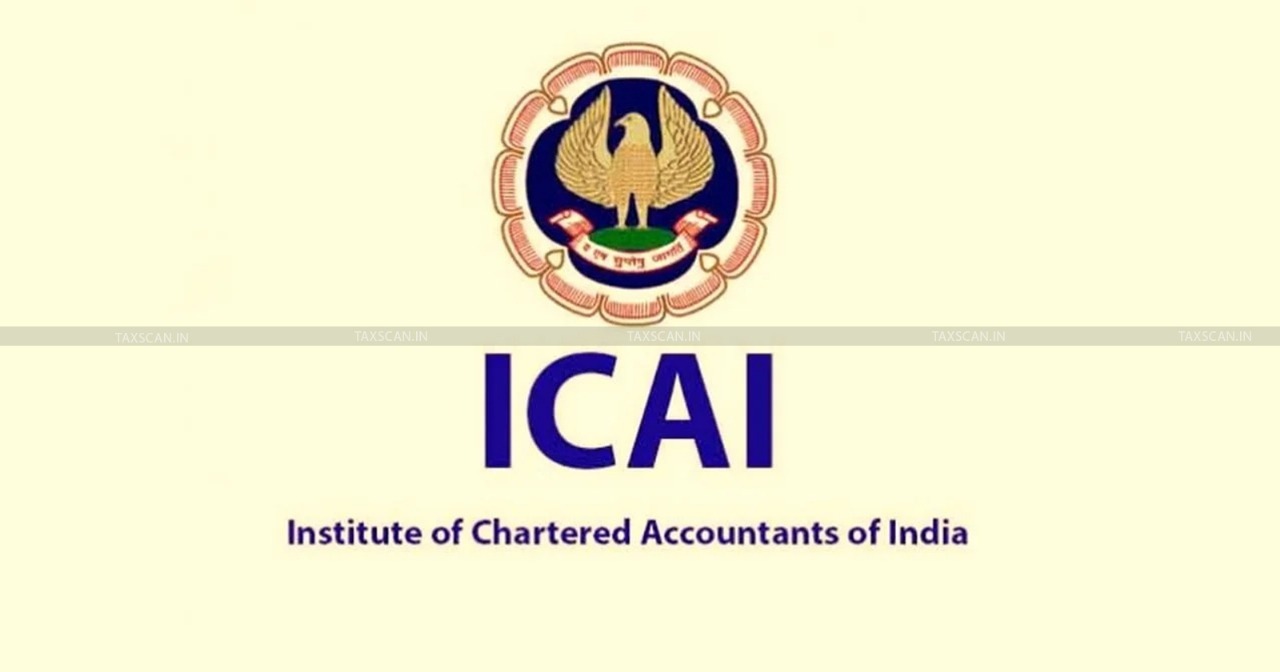Additions Without Concrete Evidence and Show Cause Notice Violates Natural Justice: ITAT deletes all Additions, Dismisses Revenue’s Appeal [Read Order]
AO’s approach of making additions without proper show cause or concrete corroboration offends the basic requirement of fair hearing and violates the principle of natural justice, observed the bench
![Additions Without Concrete Evidence and Show Cause Notice Violates Natural Justice: ITAT deletes all Additions, Dismisses Revenue’s Appeal [Read Order] Additions Without Concrete Evidence and Show Cause Notice Violates Natural Justice: ITAT deletes all Additions, Dismisses Revenue’s Appeal [Read Order]](https://images.taxscan.in/h-upload/2025/07/01/2057352-madras-high-court-scn-show-cause-notice-taxscan-1.webp)
The Delhi Bench of the Income Tax Appellate Tribunal (ITAT) has upheld the deletion of multiple additions made purely on estimates and without issuing a proper show cause notice, holding that such additions violate the principles of natural justice.
The appeal arose from an assessment order for Assessment Year 2017-18, where the Assessing Officer had made three major additions: treating 35% of certain cash deposits as unexplained cash credits under Section 68, disallowing 20% of the total debtors as alleged bogus sales, and adding unexplained unsecured loans for lack of confirmations all aggregating to nearly ₹2.8 crore.
How to deal with GST special audit and departmental audit? Register Now
The Assessing Officer proceeded to make these additions based on broad presumptions and incomplete third-party verification but failed to serve any specific show cause notice to the assessee, depriving them of an opportunity to explain or rebut the proposed adjustments.
The CIT(A), after examining the records in detail, noted that no clear evidence was brought on record to substantiate that the deposits were indeed unexplained or that the debtors were fictitious. The CIT(A) also found that the AO had adopted arbitrary percentages like 35% and 20% for disallowances without any cogent basis and without identifying specific transactions as bogus or unverifiable.
 Also Read:Prior Cutoff Date Not Applicable u/s 245C Income Tax Act for Settlement Application: Kerala HC [Read Order]
Also Read:Prior Cutoff Date Not Applicable u/s 245C Income Tax Act for Settlement Application: Kerala HC [Read Order]
Moreover, while some notices under Section 133(6) were issued to third parties, the AO failed to record any concrete adverse finding against those who responded, and yet disallowed the entire debtor balance by picking an arbitrary percentage.
The CIT(A) held that such action, based merely on presumption and without a final show cause to the assessee, is contrary to the settled principle that suspicion, however strong, cannot replace evidence.
The Tribunal, concurring with the CIT(A)’s detailed reasoning, held that the AO’s approach of making additions without proper show cause or concrete corroboration offends the basic requirement of fair hearing and violates the principle of natural justice.
The bench of Mahavir (Vice President) and Amitabh Shukla ( Accountant member) observed that the assessee’s total sales figures were consistent with past years and that there was no specific evidence brought by the Revenue to show any portion of the recorded sales was actually unexplained cash credit.
The bench completely rejected the Revenue's grounds of appeal, citing precedents such as Prashant Pratap Ahir vs. ACIT (ITAT Pune) and the Supreme Court's established rule that additions cannot be upheld based solely on suspicion.
The ITAT denied the Revenue's appeal, upholding the CIT(A)'s ruling to remove all of the contested additions.
 Also Read:CA Alert! ICAI Imposes Cap on Tax Audits Per Partner, No Signing on Behalf of Others Allowed
Also Read:CA Alert! ICAI Imposes Cap on Tax Audits Per Partner, No Signing on Behalf of Others Allowed
Support our journalism by subscribing to Taxscan premium. Follow us on Telegram for quick updates


